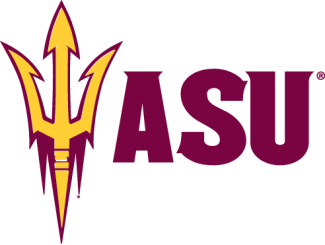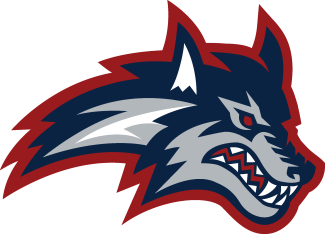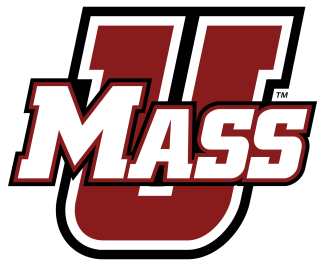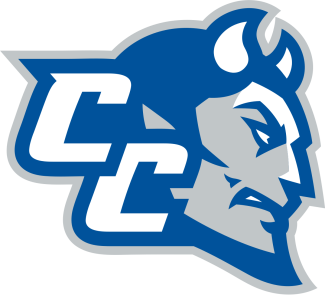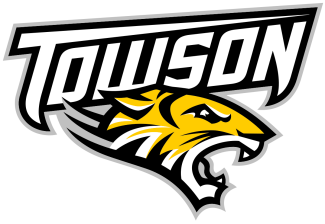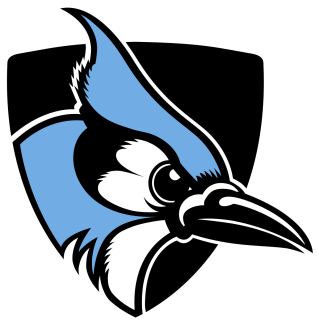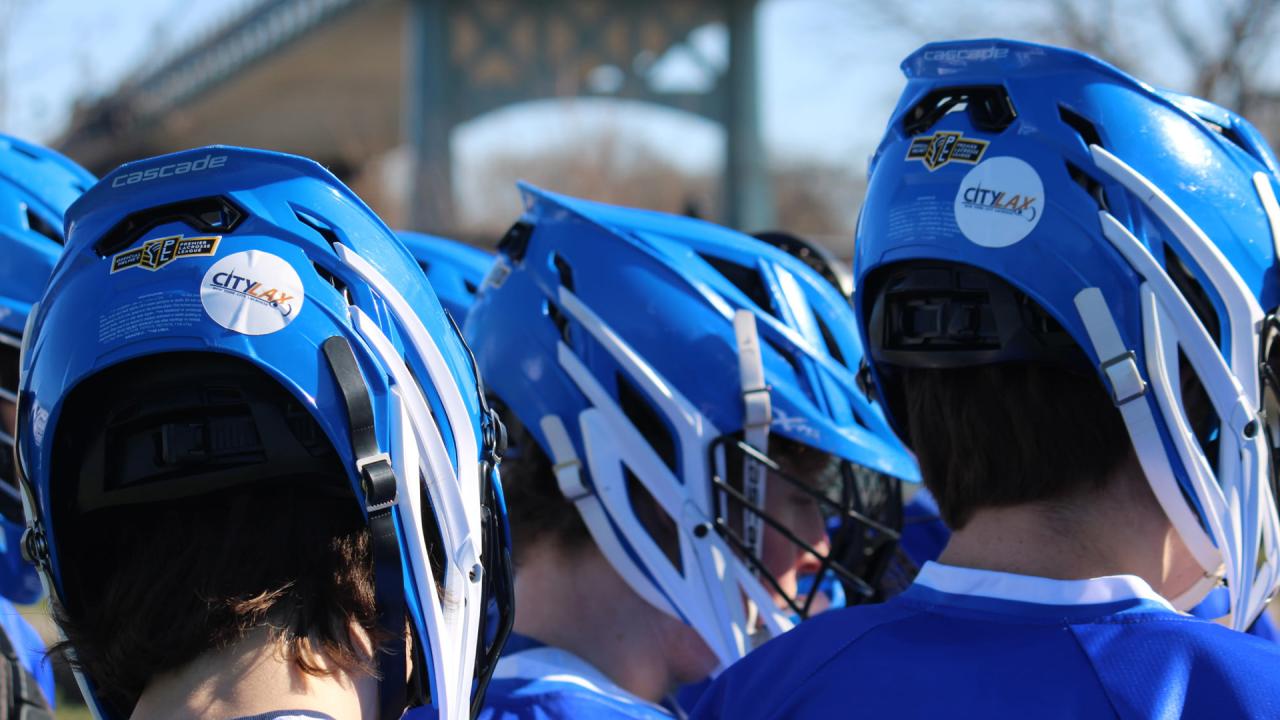The level of play, relative to the level of experience, is impressive. And it’s improving. Some programs have grown to the point that they support junior varsity programs, too.
“Brooklyn Tech, and there’s about 10 others, have JV teams,” Levine said, “and that’s another way to develop kids earlier. I think that gets a more positive impact on the depth in the rosters and of course the talent level.”
Lacrosse has been a natural addition for some schools, which has escalated the growth of both CityLax and the game in general in NYC. USA Lacrosse has supported CityLax with financial grants, equipment grants and partnered on a variety of clinics to help introduce the sport to new players.
“Over the years, things have really ramped up,” Levine said. “We’ve had some teams that have really taken to the game. FDA was one of the first high schools we started. It’s a high school in Harlem, and they also have a very good and unusual situation because they have a middle school within the high school building.”
FDA is the rare case in which introducing the game to middle schoolers is easier. For others, it’s a larger effort. But it pays off.
“If a kid comes to a public high school as a ninth grader or even a tenth grader and has never played lacrosse before, it’s a leap to pick up a stick and play a sport you’ve never really seen,” Levine said. “Compared to 19 years ago, there’s a lot on YouTube, on the internet, and on ESPN, but still it’s a leap. And what we do is try to offer free clinics in the offseason to try and introduce the game to those kids so there is more roster buildup.”
Alumni of the program go on to college, many at state schools in New York, and while they might not immediately join varsity lacrosse programs, a large number of them play club ball.
CityLax alums, both boys and girls, are playing at schools like Hunter College in Manhattan and many of the SUNY schools around the state. Some at a club level, and a few at a varsity level in Division III.
“This is all about getting kids exposure to the game, and really using it as a vehicle getting them onto a two- or four-year college opportunity,” Levine said. “That’s the most important thing to us.”
The instant access to a team means they head to college and arrive with a support system, a group of friends and a fun and smooth transition into their next chapter of life.
“I have had countless kids come back to me and say, ‘Coach, it's my first time out of the city, I’m at Binghamton, and I joined the club team. I instantly had 25 friends the first time I walked on college campus because I played lacrosse,’” Levine said.
The games played on windy March days under the RFK bridge might not have the same pizazz as a Saturday showdown at the Dome, a Friday night in Banditland or a summer Saturday at Homewood. But the games are just as important ‑ if not more.
The lacrosse on display is competitive and joyful. The numbers are getting bigger. Doors are opening and opportunities are coming for athletes who have been introduced to a sport they might not have known much about otherwise.
CityLax teams might not show up in national rankings (at least not yet), but that’s not how their impact is measured. With the efforts to introduce lacrosse to middle school athletes and go beyond just New York City high schools, CityLax represents one of the best and most sincere efforts to do what all lacrosse fans say needs to happen: Grow the game.
